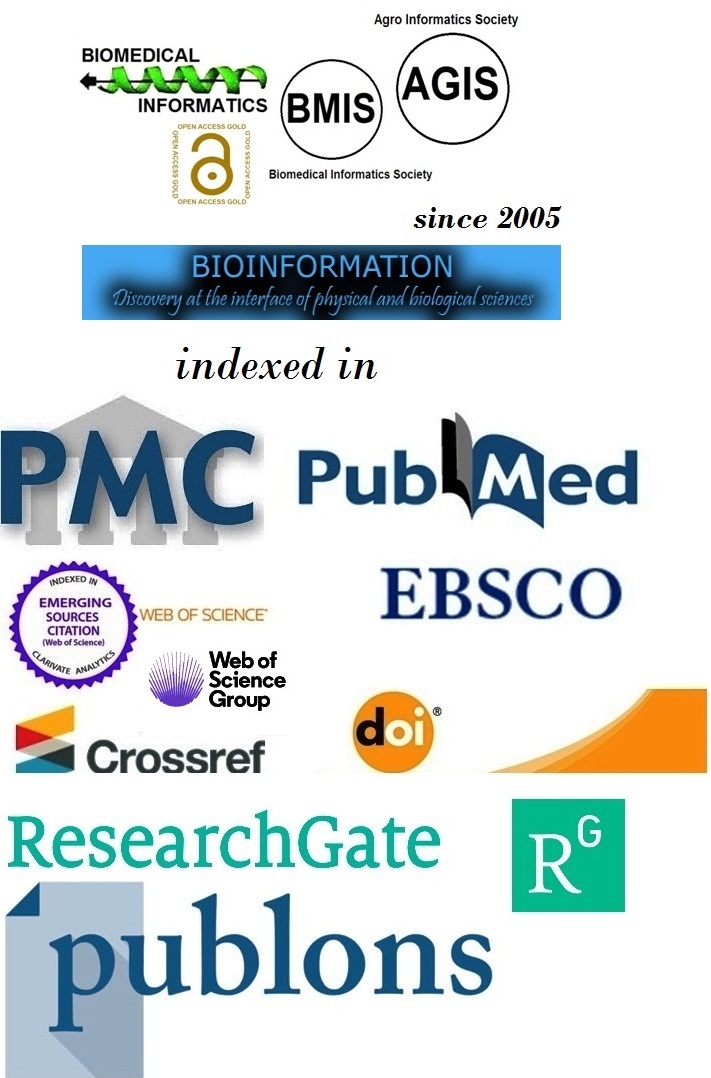Title
Early detection of acute coronary syndrome using traditional versus emerging biochemical markers
Authors
Minakshi Kumari1, Saket Kumar2 & Jhuma Das1,*
Affiliation
1Department of Biochemistry, Netaji Subhas Medical College and Hospital, Jamshedpur, Jharkhand, India; 2Department of Pathology, Netaji Subhas Medical College, Jamshedpur, Jharkhand, India; *Corresponding author
Minakshi Kumari - E - mail: dr.minakshijha@gmail.com
Saket Kumar - E - mail: krsaket84@gmail.com
Jhuma Das - E - mail: dasjhuma27@gmail.com
Article Type
Research Article
Date
Received April 1, 2025; Revised April 30, 2025; Accepted April 30, 2025, Published April 30, 2025
Abstract
Early detection of acute coronary syndrome (ACS) becomes more accurate using dependable biomarkers for diagnosis. Therefore, it is of interest to evaluate using established markers (Troponin I, CK-MB) together with emerging markers (H-FABP, Copeptin, IMA) for 150 patients. Analysis of H-FABP yielded the best early sensitivity rate at 92% surpassing both Troponin I and CK-MB values. The combination of H-FABP with Troponin I produced superior ACS detection results (p < 0.05). The use of emerging biomarkers shows better diagnostic precision for standard practice in ACS testing.
Keywords
Acute coronary syndrome, myocardial injury, troponin I, creatine kinase-MB (CK-MB), heart-type fatty acid-binding protein (H-FABP), copeptin, ischemia-modified albumin, early diagnosis
Citation
Kumari et al. Bioinformation 21(4): 870-873 (2025)
Edited by
Hiroj Bagde MDS, (PhD), PGDCR, PGDHHM, PGDL, PGDM
ISSN
0973-2063
Publisher
License
This is an Open Access article which permits unrestricted use, distribution, and reproduction in any medium, provided the original work is properly credited. This is distributed under the terms of the Creative Commons Attribution License.
